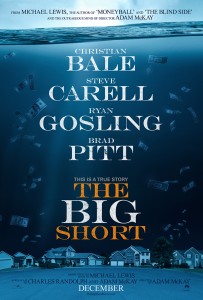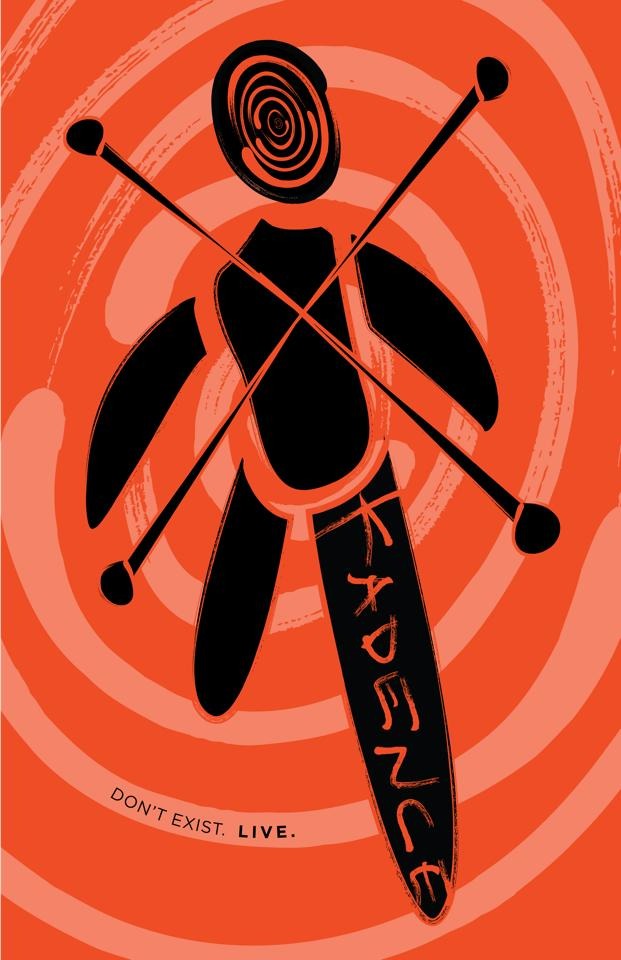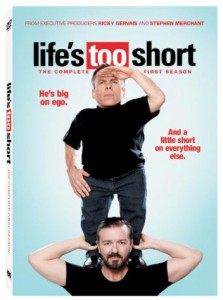Making Videos That Resonate And Are Poised To Go Viral
The best computer-generated imagery in the world isn’t compelling if it isn’t of anything interesting. If you have a CGI eyeball so perfect it’s impossible to tell whether or not the footage is real, that’s only interesting for a few seconds. Two hours of that eyeball is boring—who would watch it? The point is, even “A-list” production is useless with poor subject matter.
For your videos to resonate on social media, they don’t have to be of the best possible quality; they just have to be relevant to the audience watching. Remember the progenitor to “fail” videos, “America’s Funniest Home Videos”? The actual content didn’t have much production value, but it was candid, and hilarious.
With social media, funny videos go viral all the time, but so also do those which have a provocative quality to them; especially as regards physical beauty. Young ladies have been making a living with such videos for a few years now. The “Instagram Model” represents a true class of income generation.
If you are popular enough in videos, companies pay you to endorse their products in those videos. Essentially, they’re capitalizing on your following. But to make a following, you must produce content which properly resonates with target demographics. This can be complex, and making the best videos helps. Here are some tips to optimize such videos.
- Make The Videos About Content Users Want To See
This was alluded to in the introduction: you’ve got to have videos about content that is sharable, and could potentially go viral. This means you have to cover subjects that may be relevant, or may be titillating. You want something that’s funny, something that’s salacious, something that’s frightening, something that’s astonishing; in a phrase, something of value.
If you know who you’re catering to, that can be a big help. Teenagers tend to love rudeness and non-sequiturs. Guys in their forties are going to drool over videos of construction best practices and hardware specs conforming to their preferences. Meanwhile, humor and sensuality have a universal element, but may restrict you from certain audiences.
- Use The Right Social Media Outlets For The Right Content
Something else you’ll want to do is align the content you produce to the right sort of social media. Longer videos may do better on YouTube, Facebook, Vimeo, Rumble, or some outlet like that. Shorter videos may do better on TikTok or Instagram—though there is room for “long-form” videos on Instagram; they just don’t tend to be the norm.
Normally, you’re looking at a video length of about a minute. Three minutes tends to be an average “upper limit” on modern attention spans to aligned content. Five minutes is also a decent length if your content is engaging enough. For much longer than that, you’ll need to carefully cultivate a following who wants to see such content, and it’s still smart to divvy it up.
- Employ Known Best Practices For Selfie Shots, Video Or Still
Something else that makes sense is learning from the most successful social media influencers out there. Certain poses and subject matter are more likely to approach “organic” virality. If you’re trying to make your selfies more visible and sharable, check out these selfie poses for girls. You’ll find similar best practices for a variety of content.
- Lighting And Sound: Control Them As You’re Able
Bad lighting will “spike” good content, so will bad sound. As you can control either, do so. Shoot videos in locations that aren’t overrun with background noise that will be louder than the sound of material you intend to share. Try to be well lit. Ideally, lighting should come from above you and to your left and right.
Lighting that is head-on can be very helpful, but it can also make it hard for you to see. This is one reason circular lights are used for varying social media videos. What you want to avoid is lighting yourself from beneath; that makes you look like something out of a horror movie.
- With Some Content, Forget Sound, Put Music Over FootageWith some content, all you really need to do is put music to your video. Granted, you’ll want to be careful about monetization concerns on YouTube regarding copyright infringement, but that isn’t as much an issue on TikTok or Instagram—here are Instagram’s guidelines.
If you don’t need there to be sound, use music to cover unattractive noises. Try to match the music to the video in terms of aesthetic.
Developing A Strong Social Media Game
Music being used to accompany footage, proper lighting, using best practices for poses, calibrating content for the right sort of social media outlet, and assuring whatever videos you make include content that people want to see represent key tactics in maximizing visibility of social media videos.
Short videos on social media are a form of communication that is increasingly prevalent today, and has, for all intents and purposes, gone mainstream. It’s a strong tool that you can use to your advantage. Accordingly, you might as well make the most of it.









